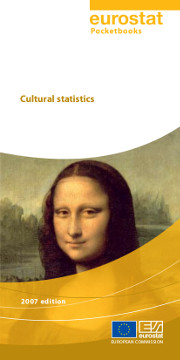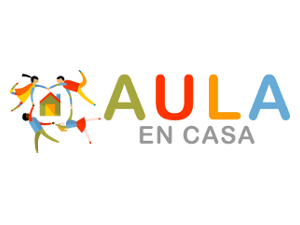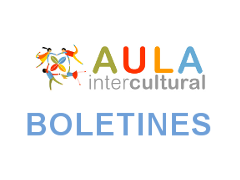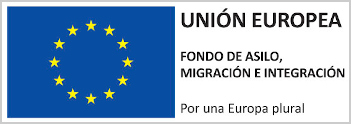EUROSTAT – Cultural statistics 2007
 Introduction
Introduction
The sociological changes triggered by the spread of the information society, coupled with the increasingly important and acknowledged role played by culture in social bonding, have created a need for a better understanding of the links between culture and social and economic development.
For the first time Eurostat is publishing a pocketbook containing comparable data relating to culture already available within the European Statistical System, plus information from other sources (Unesco, Eurobarometer, etc.).
This publication does not claim to be exhaustive. Owing to the lack of a robust definition of culture (or to an over-abundance of definitions), the pocketbook relies on the pragmatic definition generally agreed upon during the earlier work by the European Leadership Group (LEG). First, it was decided to restrict the field to activities recognised as cultural by everyMember State. For this reason, sports and tourism, for example, were excluded. Next, the field to culture was broken down into about sixty activities, cross-relating eight “domains” (artistic and monumental heritage, archives, libraries, books and press, visual arts, architecture, performing arts and audiovisual/ multimedia) with six “functions” (conservation, creation, production, dissemination, trade and training).
The field of culture defined in this way does not equate to any particular economic sector and therefore is not covered by sectoral surveys.
It includes activities in numerous areas of social and economic life, which are not always identifiable in economic classifications. As a result, statistics are missing for a number of activities which cannot be singled out and examined from national and European surveys or data collections.
The approach adopted here is cross-cutting and thematic, drawing on existing data on employment, business, external trade, household cultural consumption, time use and cultural participation.Methodological notes and the classifications used to draw a distinction between cultural activities, occupations or goods are included at the end of this pocketbook.
This initial snapshot of cultural statistics could be greatly developed and improved, first bymaking a sustained intellectual effort to define the field and, second, by applying more efficient assessment methods coupled, where possible, with better identification of cultural activities in the harmonised data collections and European surveys.
Descargar el informe completo en PDF















